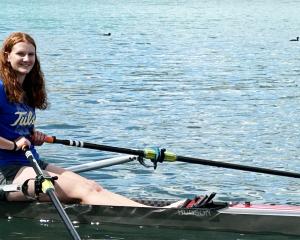The Southern District Health Board is to review the location of primary maternity facilities in Otago/Southland.
Its new Primary Maternity Project plan comes amid public uncertainty about the future of Lumsden’s maternity centre. Approved this week behind closed doors by the board’s audit, finance, and risk management committee, the report says two units do not meet Ministry of Health guidelines for a DHB-funded facility. There are seven primary maternity facilities in the South — in Oamaru, Alexandra, Balclutha, Gore, Winton, Lumsden and Queenstown.
Of those, Lumsden and Winton did not meet national criteria for a DHB-funded primary maternity service. A unit should have 200 pregnancies per year where the facility was 30 minutes’ drive from a secondary birthing service or 100 pregnancies where the facility was 60 minutes from a secondary service. In 2014-15, there were 385 births and 1005 postnatal stays at primary maternity centres in the South.
About 31% of women in the catchment areas were giving birth at the centres. The centres receive a combined total of $2.74 million per year.
"Currently, utilisation of individual primary maternity facilities is low, leading to questionable sustainability," the report said.
The next step was to carry out a "one-off co-design event to develop a series of options for the location of primary maternity facilities" involving doctors, managers, and consumers.
"Their work will be used to form a formal options paper ... "
The DHB released the report to the Otago Daily Times after a draft copy was leaked to the newspaper.
Central Southland Hospital Charitable Trust chairman Lyall Bailey, of Winton, declined to comment when contacted, saying he needed to discuss the report with SDHB.
Northern Southland Health Ltd director Robyn Crooks could not be contacted to discuss the Lumsden unit’s funding woes and the report. Last Saturday, Te Anau resident Jennifer Haslam organised a march in the township of around 2000 residents. It was attended by more than 200 people, which reflected the community’s concern about the potential closure of the Lumsden facility.
The report talks about the need to base maternity facilities in areas of highest need.
"Recent population changes and projected changes in the next 25 years mean that the location of some primary maternity facilities may not be sustainable and conversely, that other areas in the Southern district may be under-served."
Wanaka had about 120 births per year, but no birthing unit. The report also talks about basing a primary birthing facility in Dunedin or Invercargill for women not needing a hospital birth.
The report also recommends improvements to urgent maternity transfers, and greater promotion of the benefits of choosing to give birth in a primary facility.













